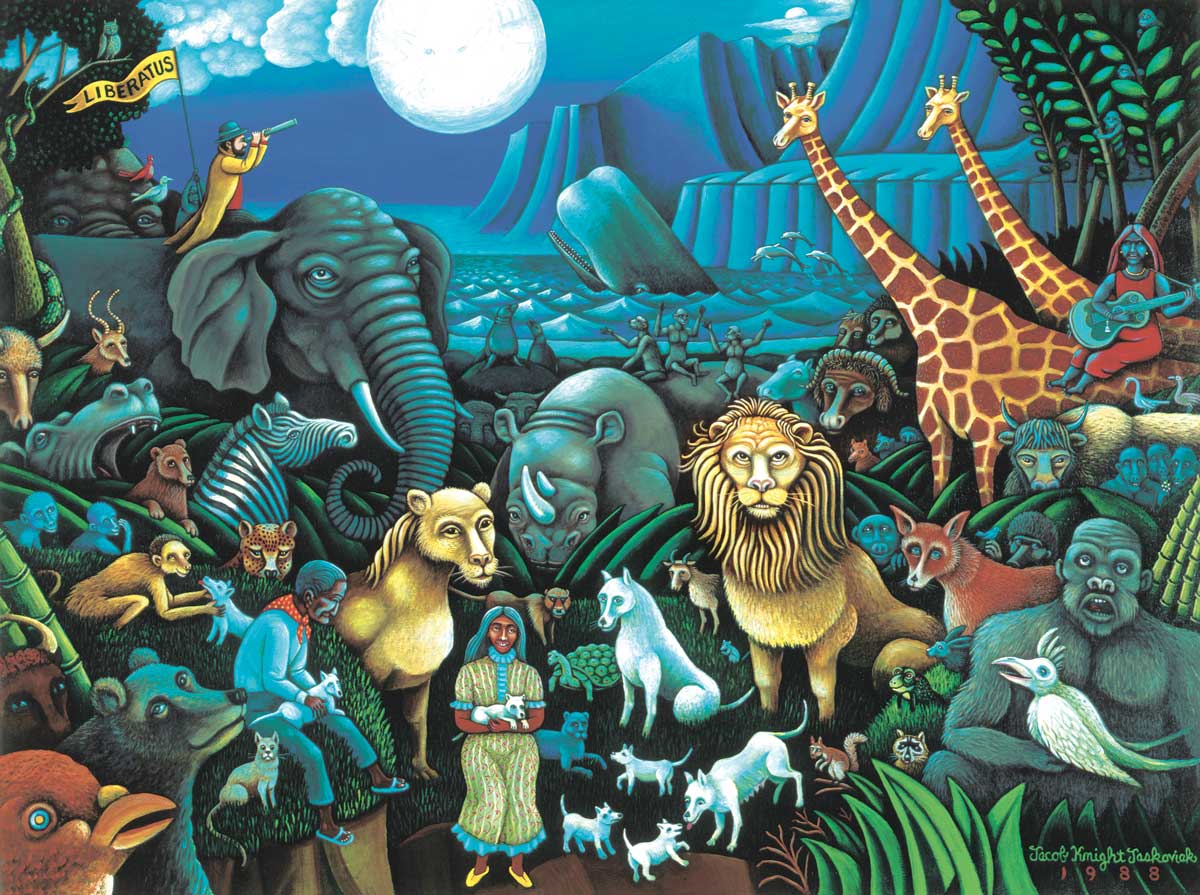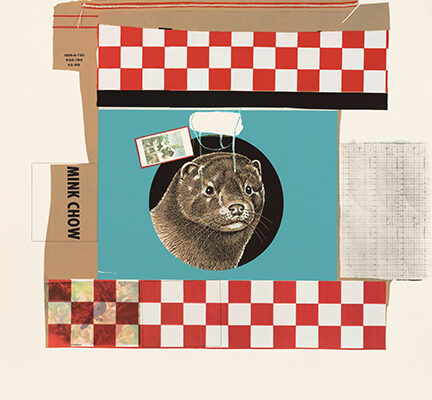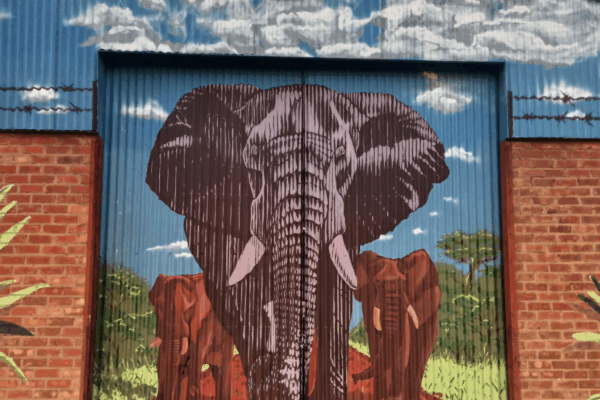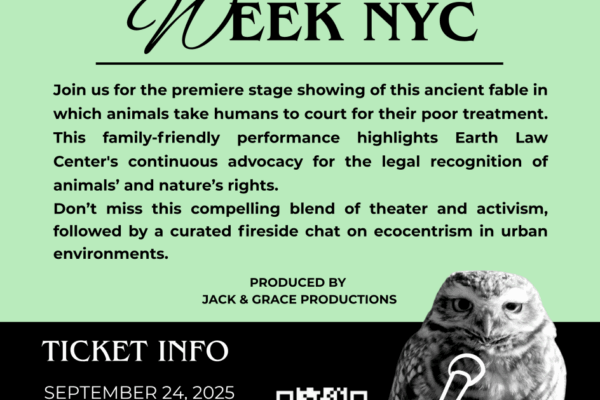We thought it might be helpful to explain our process a little more to help grant applicants increase their chances of success.
Each year, as part of its annual grant-giving, the Culture & Animals Foundation (CAF) receives more than 150 applications from dozens of countries. (In 2025, 225 people from 67 countries applied.) Like all organizations, CAF must work within its financial resources. Practically speaking, that means we can usually award only a dozen or so grants each year. (In 2025, we awarded 15.) So, the first reason you didn’t get a grant may simply be that we can’t fund everyone!
Another reason may be that you asked for too much money (our grants are all four-figure amounts, but are almost always below $5,000). Still another reason may be that your project exploits animals or considers them instrumentally. Just as we’re not going to invest $250,000 in your chicken farm, nor are we likely to fund humane pest control for $3,000.
Other reasons may be more technical. Did you write your application in English? Did you fill out the entire form? Did you provide a detailed budget and a realistic timeline for your project? Did you upload the supplemental materials that help us comprehend your project and recognize why you’re the right person to undertake it?
Additional reasons may be: Did you seek general support rather than specify a project? Do you or your organization have experience or expertise in the project you’re proposing, and if not, have you identified those who have? Does your project incorporate the arts or further scholarship? Yet another reason may be found in what you’re proposing to spend your money on. For instance, if you’re a photographer or filmmaker, you should already own a camera, and not be asking for money to buy one. Even if you’re a writer, we’re not going to pay for a new laptop.
A further reason concerns your medium. Many people want to write a book. But writing one is not the same as getting it published (see the articles “How to Publish a Book” and “Twelve Tips for Successful Crowdfunding” for advice), let alone earning enough to give royalties to a charity. Shooting a film may be relatively straightforward, but editing costs can be prohibitive, and distribution is often challenging. It’s best to be realistic about your chances, otherwise your project (even if it is funded) may languish. If you list your project as “Performance,” then it needs to be a staged event. This category does not include cooking vegan meals, handing out brochures, or lecturing at schools.
Then there are our predispositions: We’re always going to consider more favorably an application in which the team has been assembled or agreed upon, and the project is about to start or is underway, offers a clear outcome, and has co-funders. Because we’re not a conservation organization, those who work with wildlife need to show their project honors the individual animal they seek to study. If you belong to a human development organization, you need to demonstrate a knowledge or experience of animal advocacy (or you are partnering with an organization or individuals who have that knowledge or experience). Your project also has to integrate animal rights into your efforts to improve human welfare.
Then, there’s the “wow” factor! Does your project involve cutting-edge scholarship? Are you “seeing” the animal in a new way? Can you convince us your project opens doors to other artists or scholars and enables us to present the case for animals in an arresting and compelling manner? If so, then your chances of a grant are good.
Once again, the vast majority of the applications we receive are sent by people of good faith doing what they can to make the world better for humans and animals, and we are humbled and honored to receive your applications. Thank you.




